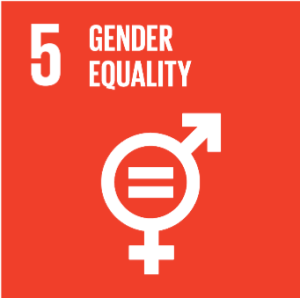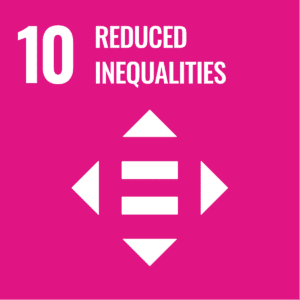VOL 1 No 2, 2024 Research Article Open Access
Sr. Assistant Professor, Vivekananda School of Journalism and Mass Communication, Vivekananda Institute of Professional Studies-Technical Campus. New Delhi, India.
DOI: https://doi.org/10.21659/jsae/v1n2/v1n220
[Article History: Received: 30 Jun 2024. Revised: 07 Sep 2024. Accepted: 30 Sep 2024. Published: 30 Dec 2024]
Abstract
The cityscape is constantly touted as a much-used scenographic background, with enormous deployment of technological apparatus to stage everything. This paper delves into the intersection of second-wave feminist movements and street theatre within the context of India, juxtaposing historical occurrences with contemporary settings. It scrutinizes the dynamics of urban landscapes as pivotal settings for performative activism, employing technology in staging events like street theatres and Queer pride parades. These spaces, while spotlighting identity politics, also unveil the underpinning surveillance apparatus, often rebranded as ‘safe spaces’ under the aegis of a neo-liberal state. Focusing on the anti-dowry protest in the late 1970s and the anti-rape movement of 2012 in Delhi, this paper scrutinizes selected protest performances that transpired during this period. By employing theoretical frameworks that delve into the amalgamation of social memory within performance texts and the structured embodiment of performers, this paper seeks to analyze the transformative impact of these performances during the anti-rape movement, shedding light on their socio-political significance in contemporary India.
Keywords: Street theatre, Anti-rape, anti-dowry, Activism, Urban.



